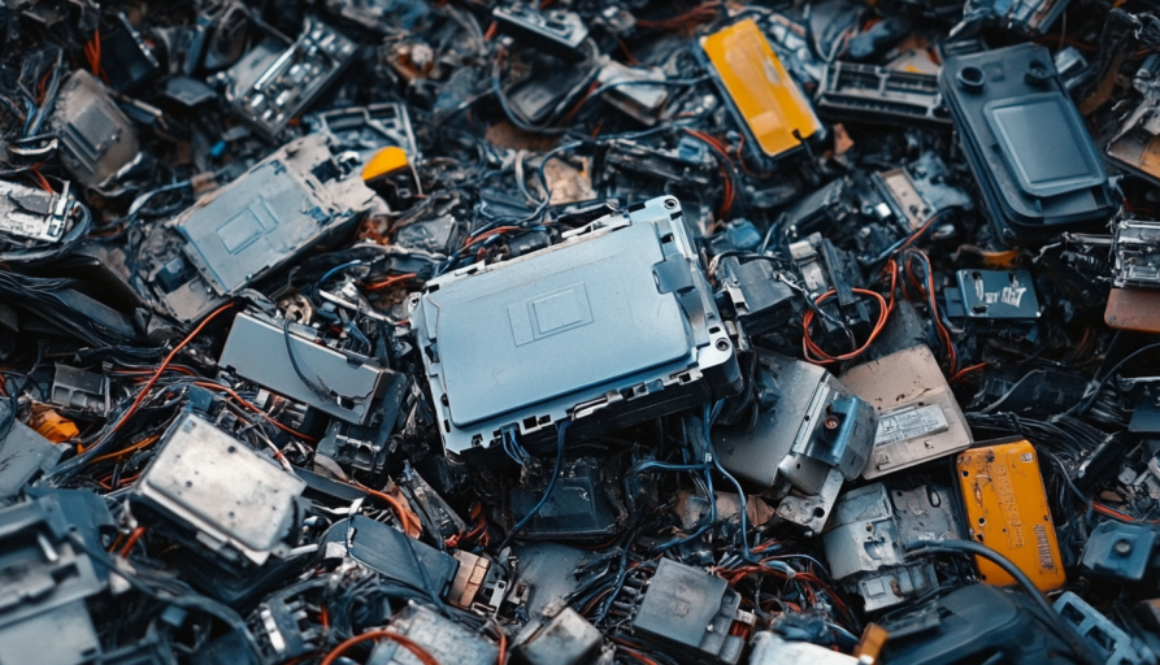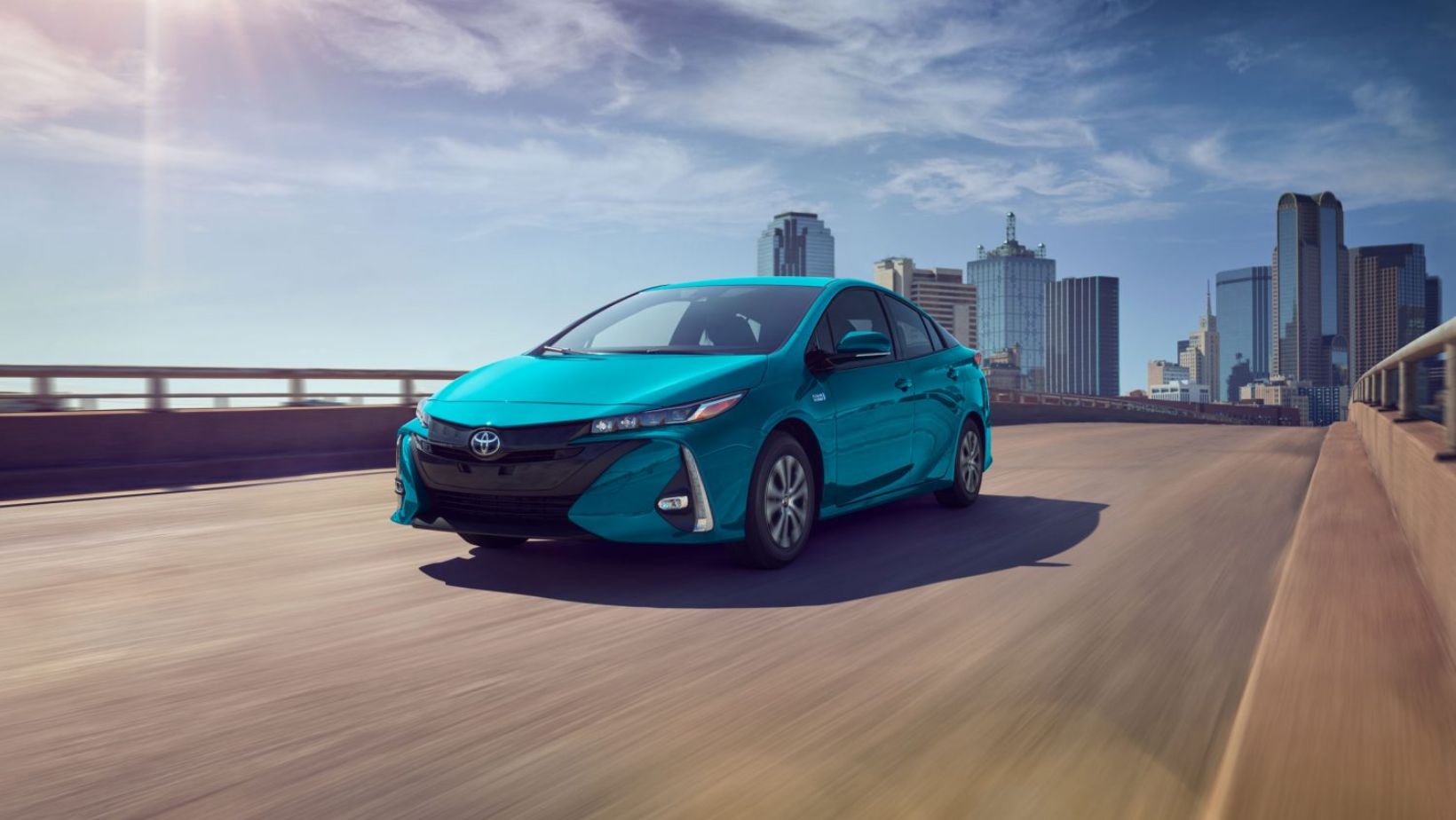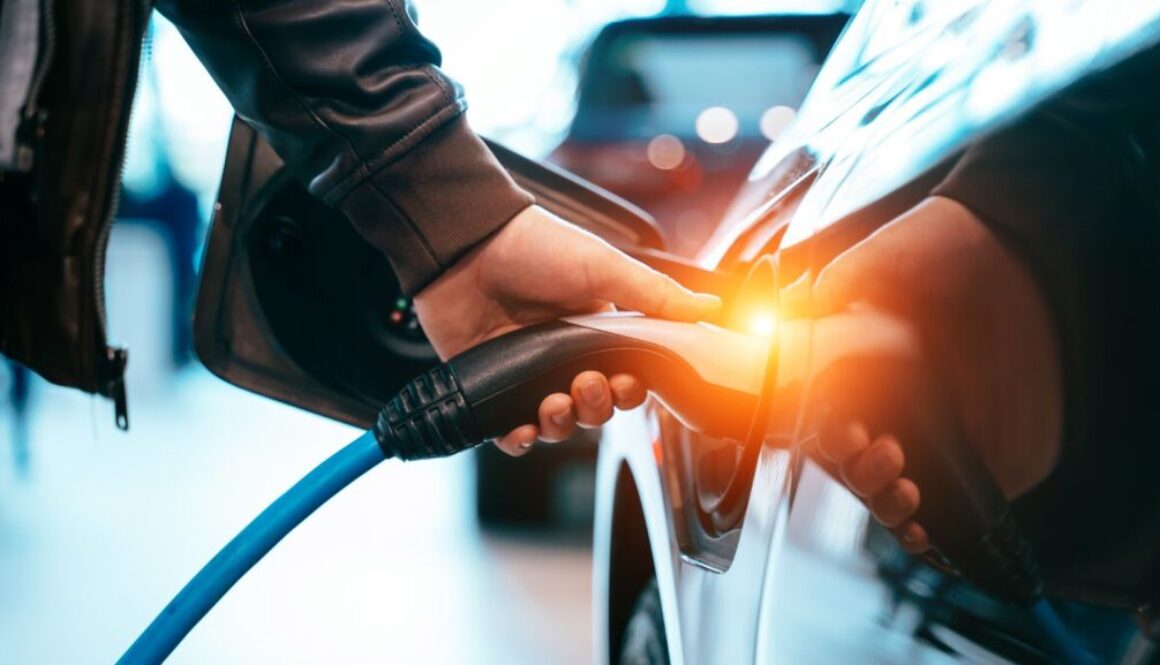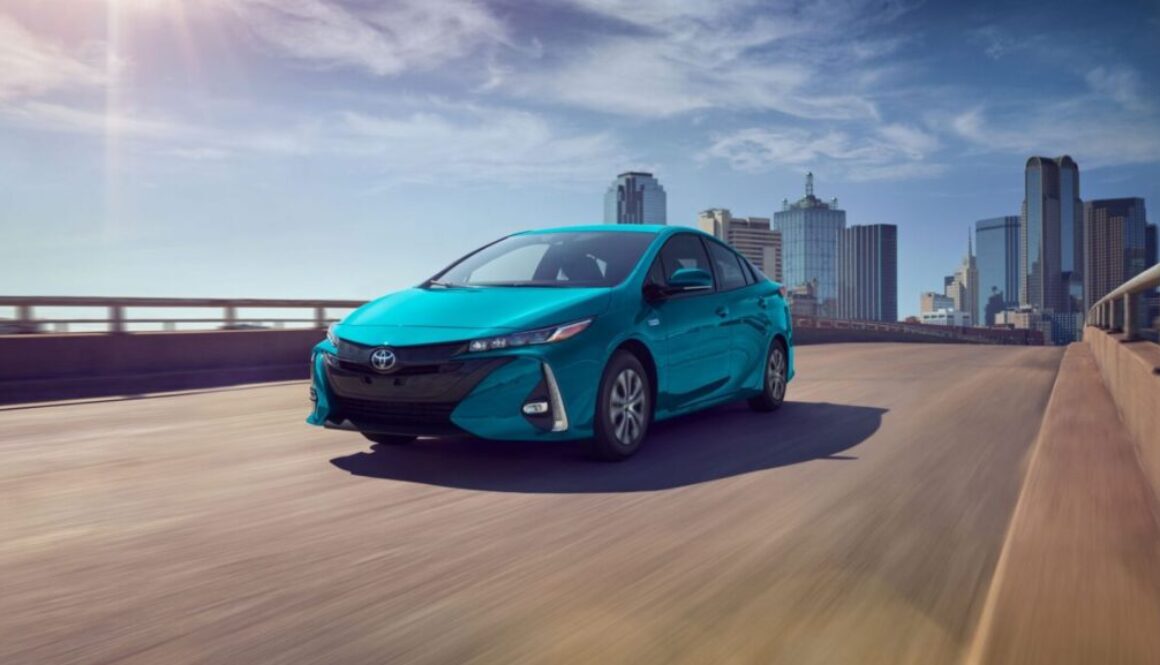Hybrid Battery Recycling: What Happens to Old Batteries?
Recycling hybrid batteries is now crucial as more hybrid and electric cars hit the roads. These cars use two main types of batteries: nickel-metal hydride and lithium-ion. They contain valuable materials like nickel, cobalt, manganese, and lithium. These can be safely recycled.
Big car companies like Toyota and Tesla have set up programs to recycle old hybrid batteries. This helps cut down on environmental harm. If not recycled, these batteries might end up in landfills, causing toxic leaks and wasting resources. So, recycling EV batteries properly is essential to protect our planet. In the article below, let’s examine the hybrid battery recycling process.
The Importance of Recycling Hybrid Batteries
Recycling hybrid batteries is key to saving natural resources. It uses materials like lithium, cobalt, and nickel again, reducing mining and protecting the earth.
Recycling also helps the car industry be more green. As more people use hybrid and electric cars, car makers want to help the planet. They recycle old batteries into new batteries, saving money and resources.
The recycling world faces a big challenge as more hybrid and electric car batteries are ending their lives. Recycling these hybrid and EV batteries is crucial for a green future. It helps get valuable materials back into use, making new batteries or other products.
Working together is important for recycling to be better. Car makers, battery producers, and recycling services need to team up for effective EV battery recycling. This way, electric and hybrid cars can be made with less harm to the earth. It also makes recycling of batteries more effective.

The Recycling Process: From Collection to Reuse
The recycling of hybrid vehicle batteries starts with collecting and moving used HV batteries to recycling centers. When they can’t be used anymore, these batteries are safely disposed of, ensuring they don’t harm the environment.
At the recycling center, the batteries are disassembled, separating them into parts like plastics, metals, and more. Special machines and tech help make this step safe and efficient.
Recycling electric vehicle batteries finds valuable metals like cobalt, nickel, and lithium. These metals are cleaned up and ready to make new batteries. Redwood Materials leads in getting more materials back into use, setting high standards for EV battery recycling.
The last step is putting the recycled materials back into new batteries. This helps make new hybrid and EV batteries. It reduces waste and uses less new resources, which is good for the planet.
The way we recycle hybrid batteries is always getting better. New tech helps get more materials back and keeps things safe. As more electric vehicles emerge, we’ll need new ways to recycle. This will help us make a greener future.
Environmental and Economic Benefits of Battery Recycling
Recycling hybrid batteries is key to a greener and more efficient economy. It cuts down on greenhouse gases, helping zero-emission vehicles grow, and this is good for our planet.
It also saves resources by reusing materials from old batteries. This means less carbon emissions during production.
Recycling batteries can make companies more money and lower the cost of making new products. This is good news for consumers, too, as it might mean cheaper electric and hybrid cars.
This recycling helps the energy world use less oil. As more electric and hybrid cars hit the roads, recycling keeps up, making it easier to switch to cleaner energy sources.
Also, recycling batteries creates new jobs in recycling and the car industry. This helps the economy grow and attracts new ideas. It also makes our country less dependent on other countries for materials.
Challenges in Hybrid Battery Recycling and How to Overcome Them
Recycling hybrid batteries is becoming more important, but it’s hard. The main difficulties in recycling come from logistics, tech, and rules. These make it hard to get valuable materials back.
One big problem is battery disposal. Old hybrid batteries are found in many places, making it challenging to collect and move them to recycling centers.
Another challenge is removing valuable materials from the batteries. Hybrid batteries have different parts, like metal hydride and lithium-ion. It is hard to remove these parts safely and without harm.
It is also challenging to handle the size and variety of hybrid battery challenges. With many battery sizes and types, recycling needs to be flexible.
Despite these hurdles, there are ways to beat them:
- Investing in new recycling tech for different hybrid batteries.
- Rules and rewards from governments to push for better sustainable battery disposal and recycling.
- Working together among car recyclers, makers, and rules groups is essential to make EV battery recycling smoother.
Using new ideas and working together can make hybrid battery recycling better and greener.
Innovations in Battery Recycling: The Future of Sustainable Practices
The automotive industry is changing fast, thanks to new lithium-ion battery recycling technology. More electric vehicles mean we need better ways to recycle batteries, and new tech for sorting and recovering materials is key.
Companies like Tesla lead the way in recycling batteries well and saving money. They are working on new recycling tech to improve battery recycling. This helps the planet and saves money, too.
New methods like direct recycling and bioleaching could change battery recycling. Direct recycling fixes the whole cell of EV battery packs so that they use more materials again. Bioleaching uses tiny organisms to safely extract metals from old batteries. These methods could make recycling lithium-ion batteries better and greener.
These new ideas in the recycling industry are big news. They could cut down on the harm from recycling batteries. They also make the recycling business more profitable.
Groups like research centers and governments help by giving money and support to the recycling industry. They push for better recycling with grants and laws, which help make recycling better and more widespread in the battery recycling program.
New recycling tech is vital to making battery recycling profitable and good for the planet. As cars change, these new ways will help us recycle hybrid and EV batteries better in the future.
Summary
Hybrid and electric cars are becoming more common, making battery recycling important. This article discusses why recycling hybrid batteries is key for the planet and our wallets and covers how we collect and recycle these batteries, turning them into new things.
But recycling these EV batteries isn’t easy. Big challenges include getting batteries to recycling centers and making new products from them. This article looks at these problems and ways to fix them. It shows how new recycling methods can help a lot.
Using new tech and better recycling ways will make disposing of battery packs at the end better for the earth. With more hybrid and electric cars, recycling these batteries is more critical. We urge everyone in the car and recycling fields to work towards a green future.










































